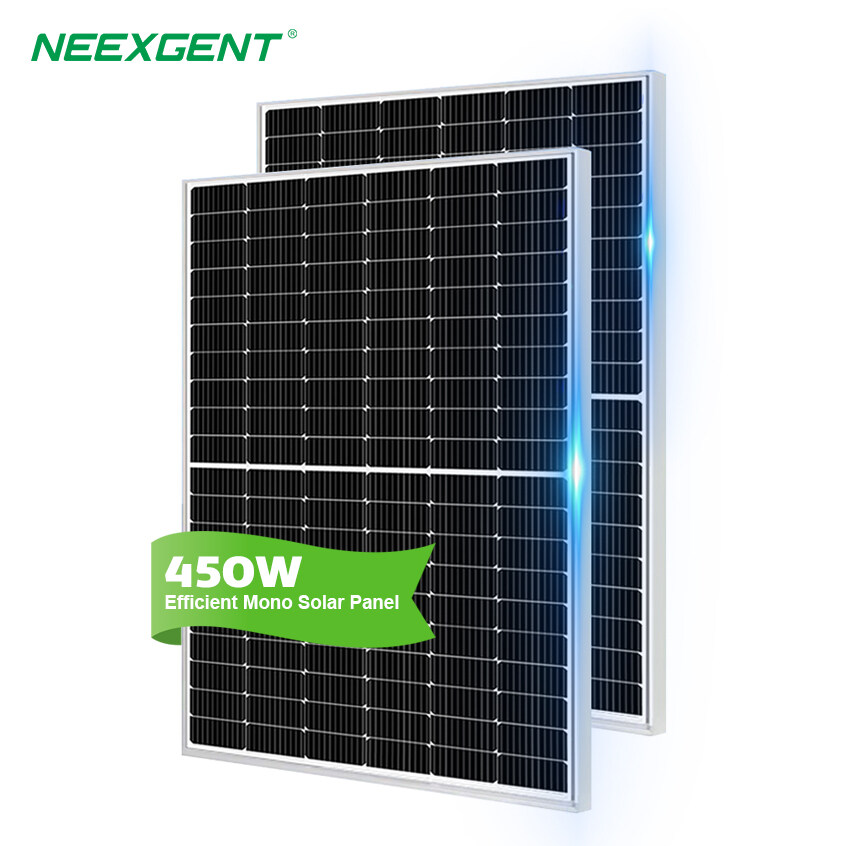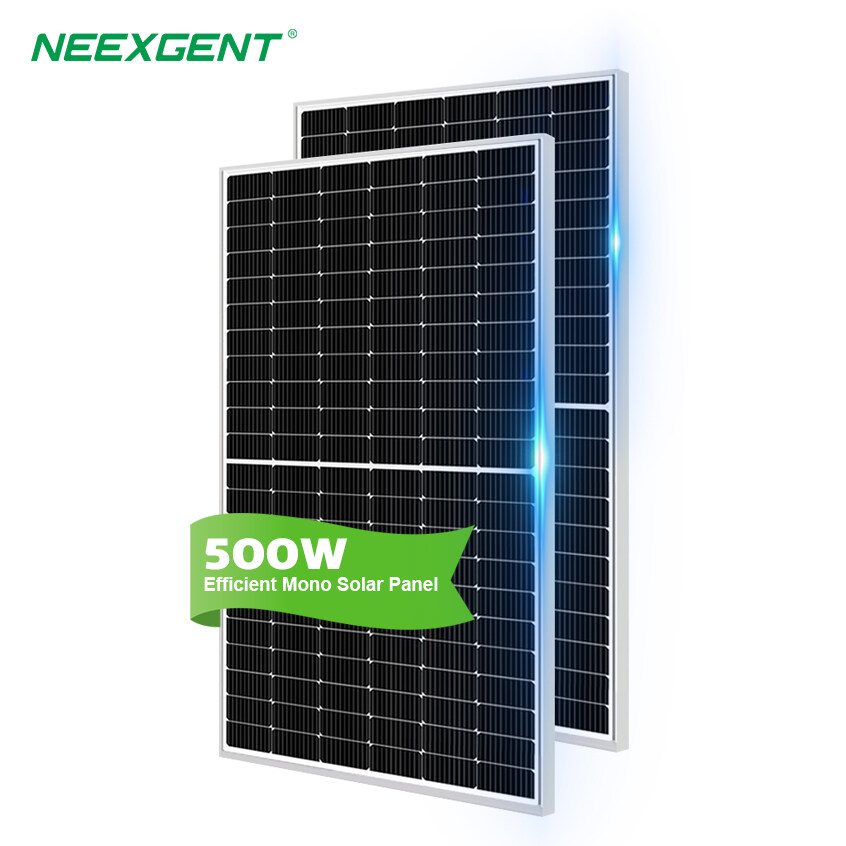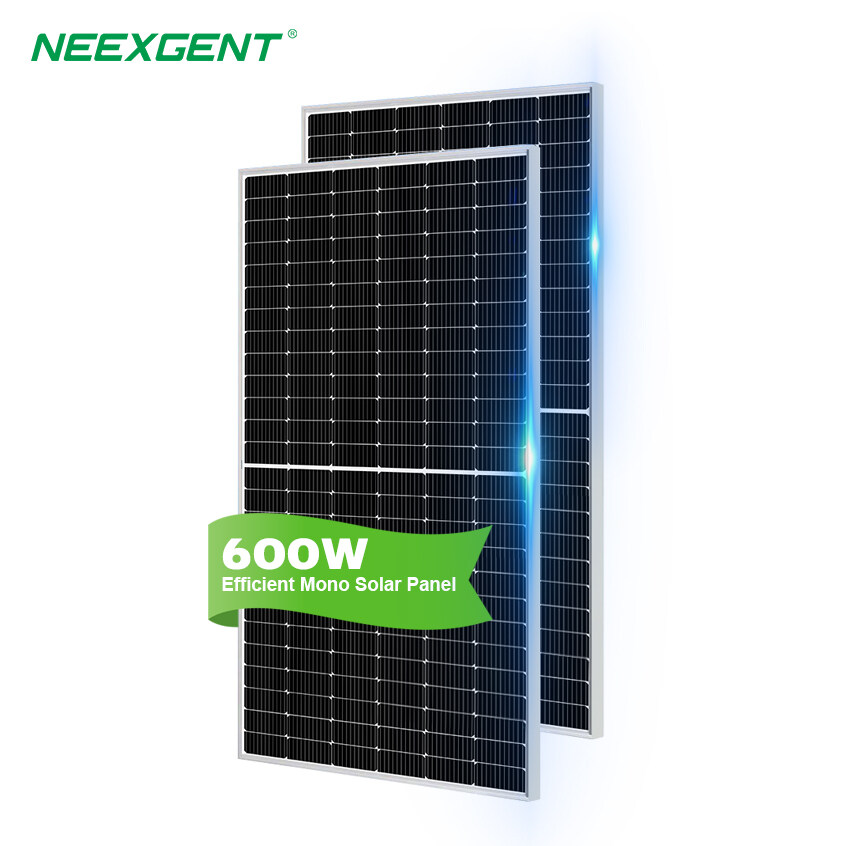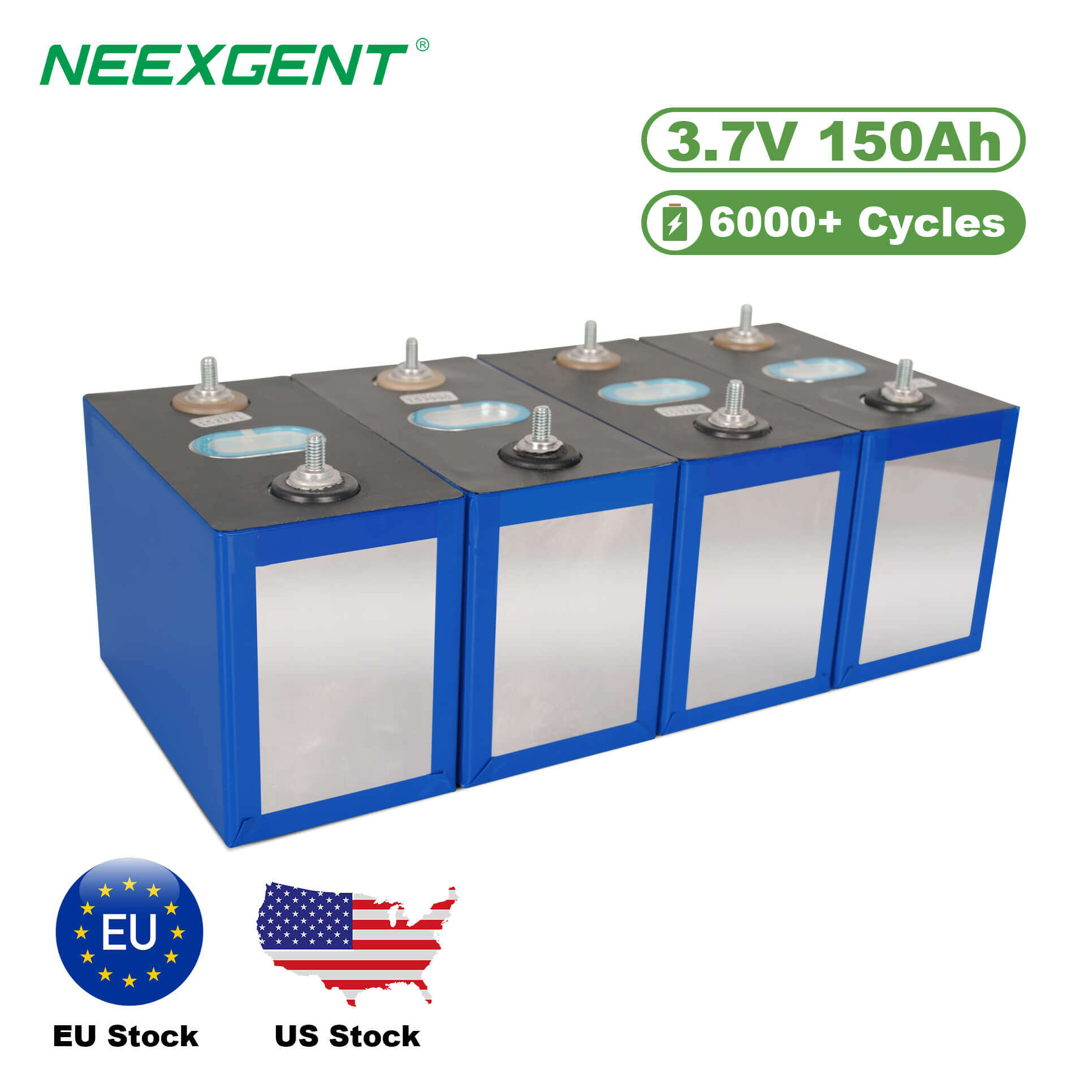Contents:
1. Understanding Solar Panel Basics
2. The Effect of Shade on Solar Panel Performance
3. The Role of Solar Panel Design in Shade Performance
4. Optimizing Solar Panel Performance in Shaded Areas
5. Real-World Applications and Case Studies
6. Solar Panel Efficiency in Shaded Conditions
7. Impact of Shade on Solar Panel Efficiency
8. Conclusion
Introduction
Solar energy is rapidly becoming one of the most sustainable and effective sources of energy worldwide. As more people and industries seek to incorporate solar panels into their energy systems, a common question arises: Can solar panels work in shade? The answer is both simple and complex, depending on several factors like the type of panel, the level of shading, and the configuration of the solar power system. In this article, we will explore the impact of shade on solar panel performance and how you can optimize a solar installation to make the most out of your system, even when partial shading occurs.
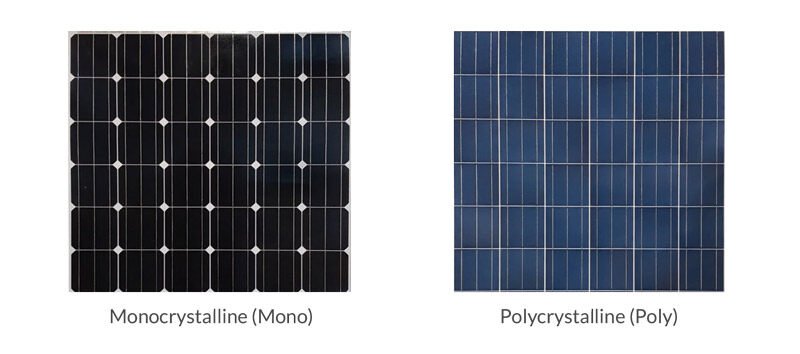
1. Understanding Solar Panel Basics
Solar panels, or photovoltaic (PV) modules, convert sunlight into electricity through the photovoltaic effect. Each panel is made up of solar cells that are typically made from semiconductor materials such as silicon. When sunlight hits these cells, it excites electrons, creating an electric current.
There are two main types of solar panels:
-
Monocrystalline Panels: Made from a single crystal structure, these panels tend to be more efficient in converting sunlight into energy.
-
Polycrystalline Panels: Made from multiple silicon crystals, these panels are usually less efficient but tend to be more cost-effective.
Solar panels work best when they are exposed to direct sunlight, but it’s not uncommon for panels to experience shading due to trees, buildings, or other obstructions. The presence of shade can drastically reduce the efficiency of solar panels, but there are ways to mitigate this.
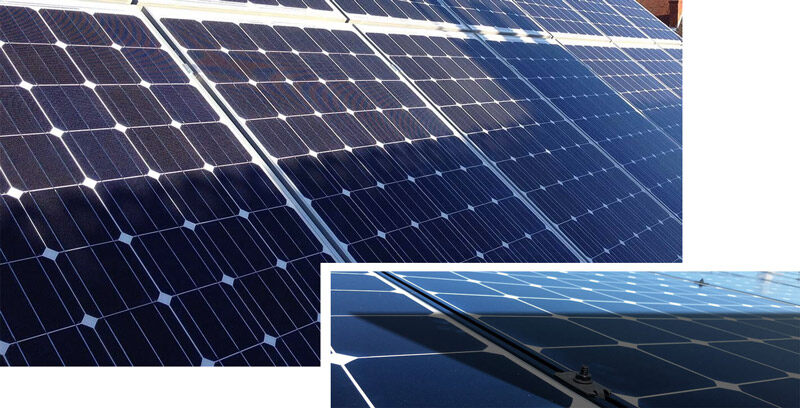
2. The Effect of Shade on Solar Panel Performance
How Shade Affects Solar Panels
When a solar panel is partially or completely shaded, it can cause significant reductions in power output. The impact of shading depends on several factors:
-
Amount of Shade: A small portion of shade on a panel may cause a slight drop in performance. However, if a large portion of the panel is covered, the output can be severely impacted.
-
Type of Shade: The kind of shade (e.g., tree leaves, cloud cover, or dust) can also play a role in how much energy is lost.
-
Time of Day: The time of day that the shading occurs can also make a difference. Early morning or late afternoon shading may have less of an impact than shading during peak sunlight hours (e.g., noon).
Power Loss from Shading
Shading does not necessarily mean that your solar panels will stop generating electricity entirely. However, it can cause a significant loss in output. In the worst-case scenario, shading a small portion of a solar panel can result in a loss of power across the entire system. This happens because solar panels are often wired in series, so if one panel underperforms, it can affect the entire chain.
3. The Role of Solar Panel Design in Shade Performance
Bypass Diodes and Their Function
One way to reduce the negative effects of shading is through the use of bypass diodes. These diodes are incorporated into solar panels to allow current to bypass shaded or malfunctioning cells. This prevents a shaded cell from affecting the entire panel's output.
Microinverters vs. String Inverters
-
Microinverters: These devices are attached to each solar panel and convert the DC electricity produced by the panel into AC electricity. With microinverters, each panel operates independently, so if one panel is shaded, it does not affect the performance of the others.
-
String Inverters: These are used to connect multiple panels in series. If one panel is shaded, it can impact the entire string, reducing overall system efficiency.
Microinverters are more effective in minimizing shading losses because each panel operates independently. This is particularly useful in residential or commercial setups with irregular shading patterns.
4. Optimizing Solar Panel Performance in Shaded Areas
1. Proper Panel Placement
The first step in minimizing shading effects is ensuring that solar panels are installed in an area with as little shading as possible. This may require careful planning and design, considering the path of the sun throughout the day. Panels should ideally be placed on a roof or an area that gets full exposure to the sun, free from obstructions like trees, chimneys, or nearby buildings.
2. Using Solar Panel Trackers
Solar trackers are devices that adjust the angle of solar panels to follow the sun throughout the day. While trackers are typically more expensive, they can maximize exposure and minimize shading, especially in areas with inconsistent shading throughout the day.
3. Regular Maintenance
Maintaining solar panels is crucial for optimal performance. Over time, dirt, debris, and other obstructions can accumulate on panels, leading to shading effects that reduce power output. Regular cleaning of panels can help avoid this issue.
4. Use of Shade-Tolerant Solar Panels
Some newer solar panel technologies are designed to perform better in shaded conditions. These panels often have higher efficiency rates in low-light environments, making them more suitable for areas with frequent shading.
5. Real-World Applications and Case Studies
Case Study 1: Solar Panels on Commercial Roofs
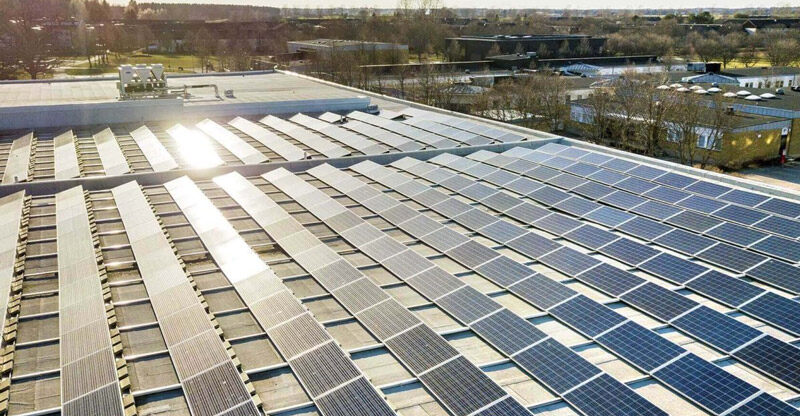
In large commercial buildings, solar panels are often installed on rooftops where partial shading is a common issue. For example, a rooftop that is partially shaded by neighboring buildings or nearby trees can still perform well if the panels are designed with bypass diodes or if microinverters are used. In this case, the company installed 100 panels on a shaded rooftop and observed only a 10-15% loss in energy production despite moderate shading.
Case Study 2: Residential Solar Installations
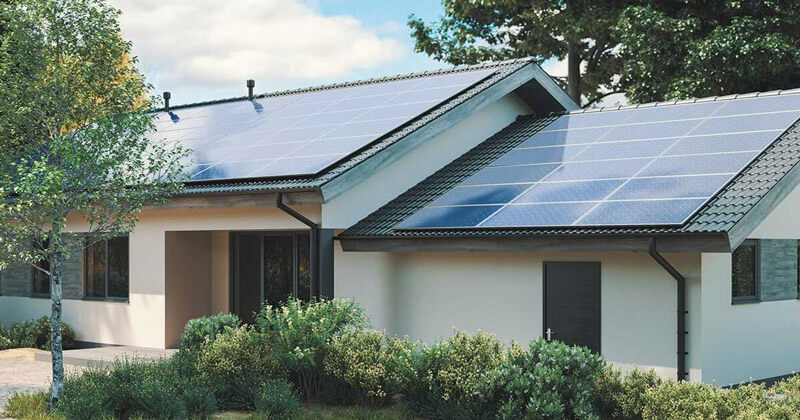
For residential installations, homeowners can use software or online tools to assess potential shading before installation. One homeowner in an urban environment found that a small tree in their yard caused shading on their panels for a few hours each day. By repositioning a few panels and adding microinverters, they were able to reduce the loss from shading to less than 5%.
6. Solar Panel Efficiency in Shaded Conditions
Efficiency Comparison of Solar Panels with and without Shade
| Panel Type |
Efficiency in Direct Sunlight (%) |
Efficiency in Partial Shade (%) |
| Monocrystalline |
18-22% |
10-15% |
| Polycrystalline |
15-18% |
7-10% |
| Thin-Film |
10-12% |
5-8% |
| Bifacial |
17-20% |
12-16% |
7. Impact of Shade on Solar Panel Efficiency
To better illustrate how shading affects solar panel efficiency, here’s a line chart comparing the efficiency of different solar panel types under shaded vs. non-shaded conditions. This chart helps to visualize the power loss in each type of panel when exposed to partial shading.
This chart illustrates the significant impact that shading has on solar panel efficiency, showing that panels like monocrystalline and bifacial still perform better than others under shaded conditions.
8. Conclusion
While solar panels can work in shade, their performance is definitely impacted. The amount of shading, the type of shading, and the system design all play a role in determining how much power can be generated. To minimize the effects of shading, it is important to carefully consider the placement, type of inverter, and panel design. By using technologies like microinverters, bypass diodes, and optimizing panel placement, it is possible to achieve efficient solar power generation even in areas with partial shading.

